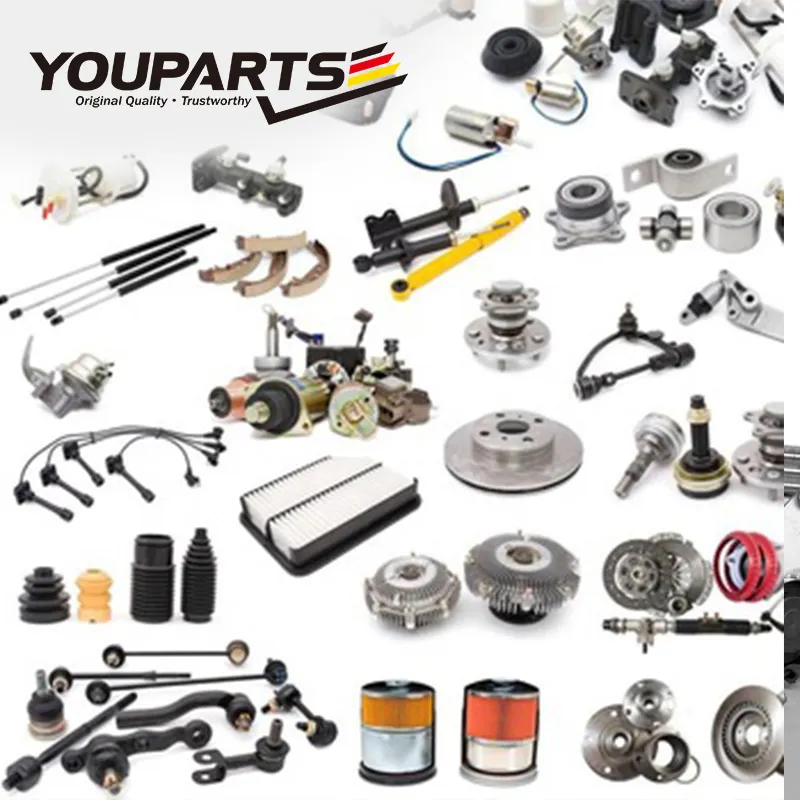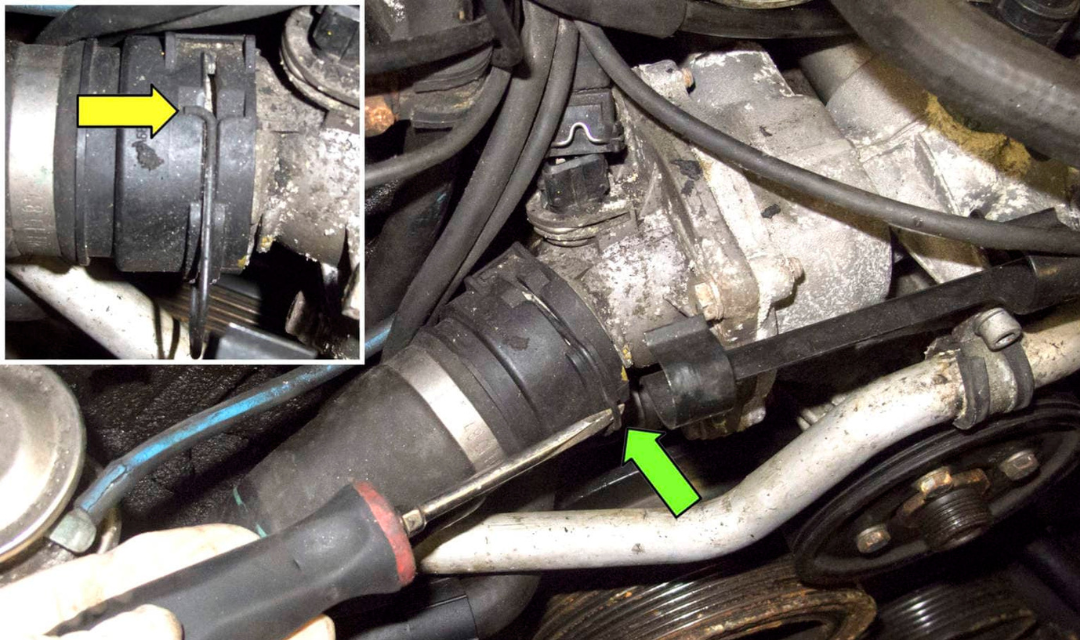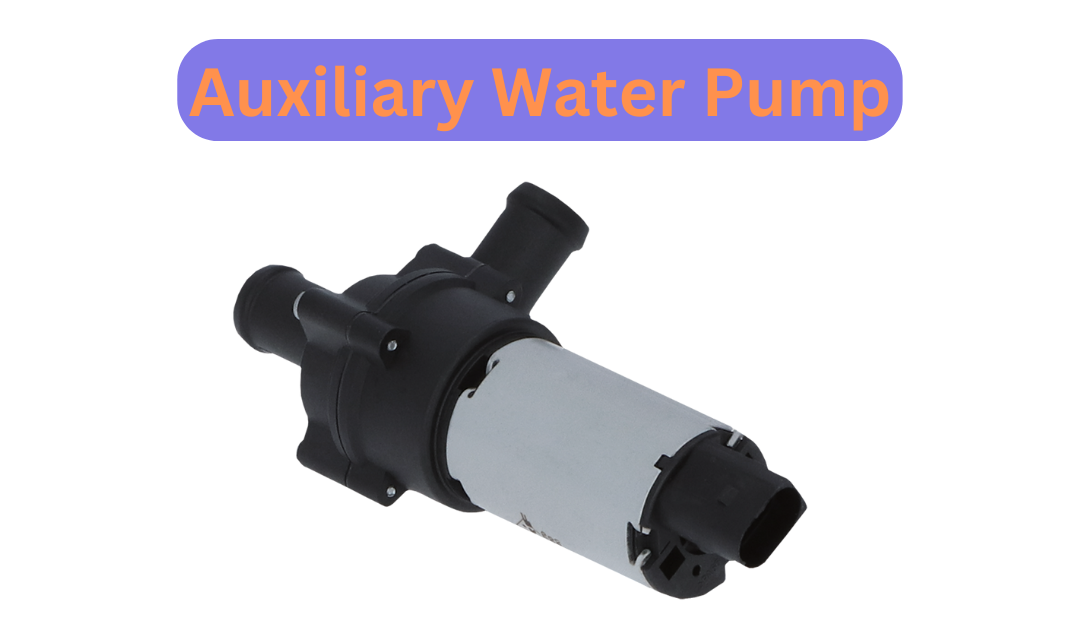An exhaust manifold is a cast iron or stainless steel component that is located near the engine’s cylinder head. It is typically comprised of a series of pipes or tubes that are connected together and are designed to collect the exhaust gases from each individual cylinder and direct them into a single outlet pipe. This outlet pipe is then connected to the rest of the exhaust system, which carries the gases away from the engine and out of the vehicle.
How an Exhaust Manifold Works
An exhaust manifold works by collecting the exhaust gases produced by each individual cylinder and directing them into a single pipe. This process is crucial to the proper functioning of the engine, as it helps to reduce emissions and improve engine performance.
When an internal combustion engine runs, it generates a significant amount of heat and pressure, which is expelled as exhaust gases. These gases are expelled from the cylinder through the exhaust valve and into the exhaust manifold. The manifold then collects the gases from each cylinder and directs them into a single outlet pipe.
The design of an exhaust manifold is crucial to its efficiency. A well-designed manifold will have a smooth flow of exhaust gases, which helps to reduce back pressure and improve engine performance. On the other hand, a poorly designed manifold can create turbulence and cause a restriction in the flow of gases, which can result in reduced engine performance and increased emissions.
Why is an Exhaust Manifold Important
The exhaust manifold is an important component of an internal combustion engine for several reasons. Here are a few of the key benefits of an efficient exhaust manifold:
Reduced Emissions
One of the most important benefits of an efficient exhaust manifold is that it helps to reduce emissions. By collecting the exhaust gases from each individual cylinder and directing them into a single pipe, the manifold helps to reduce the amount of pollutants that are released into the atmosphere. This is especially important for vehicles that are driven in areas with strict emissions regulations, as it helps to ensure that the vehicle is in compliance with these regulations.
Improved Engine Performance
Another key benefit of an efficient exhaust manifold is that it helps to improve engine performance. By reducing back pressure and improving the flow of exhaust gases, the manifold helps to increase the engine’s power output and efficiency. This can result in improved acceleration, faster engine warm-up times, and better fuel economy.
Increased Durability
Finally, an efficient exhaust manifold is also important for the overall durability of the engine. By reducing the amount of stress placed on the engine, the manifold helps to extend its lifespan and reduce the likelihood of expensive repairs or engine failures.
Types of Exhaust Manifolds
There are several different types of exhaust manifolds, each of which is designed to meet specific needs and requirements. Some of the most common types of exhaust manifolds include:
Cast Iron Manifolds
Cast iron manifolds are the most common type of exhaust manifold, and are often used in vehicles with naturally aspirated engines. Cast iron is an affordable and durable material that is
resistant to heat and corrosion, making it ideal for use in high-temperature environments. Cast iron manifolds are also relatively easy to manufacture, which makes them a cost-effective option for many vehicles.
Stainless Steel Manifolds
Stainless steel manifolds are another common type of exhaust manifold, and are often used in high-performance and racing applications. Stainless steel is a high-quality material that is highly resistant to corrosion, making it ideal for use in harsh environments. Additionally, stainless steel is a strong and lightweight material, which makes it ideal for use in high-performance applications where weight is a critical factor.
Tubular Manifolds
Tubular manifolds are a type of exhaust manifold that is often used in high-performance and racing applications. Tubular manifolds are constructed from a series of tubes that are designed to improve the flow of exhaust gases, which helps to reduce back pressure and improve engine performance.
Header Manifolds
Header manifolds are a type of exhaust manifold that is often used in high-performance and racing applications. Unlike traditional manifolds, header manifolds are designed to improve the flow of exhaust gases, which helps to reduce back pressure and improve engine performance. Header manifolds are typically constructed from high-quality materials, such as stainless steel or titanium, which makes them highly resistant to heat and corrosion.
Maintenance and Replacement of Exhaust Manifolds
The exhaust manifold is an essential component of an internal combustion engine, and it is important to maintain it properly to ensure that it continues to function effectively. Regular inspections and maintenance can help to identify any problems or issues with the manifold, and can prevent serious damage from occurring. Additionally, if your exhaust manifold is damaged or worn out, it is important to replace it as soon as possible to ensure that your engine continues to run smoothly.
If you’re in need of a new exhaust manifold, there are many aftermarket options available to choose from. Whether you’re looking for a high-performance header manifold or a cost-effective cast iron manifold, there is a product out there that will meet your needs. When selecting a new exhaust manifold, it is important to choose a product that is designed specifically for your vehicle and to consider factors such as material quality, fit, and compatibility with your engine.
In conclusion, the exhaust manifold is an essential component of an internal combustion engine and plays a critical role in reducing emissions and improving engine performance. By understanding what an exhaust manifold is, how it works, and why it’s important, you can make informed decisions about the care and maintenance of your engine, and ensure that it continues to run smoothly for years to come.


